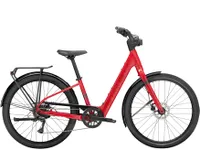I tried to ride Trek’s new ebike up the steepest hill in Seattle — and it didn’t go as planned
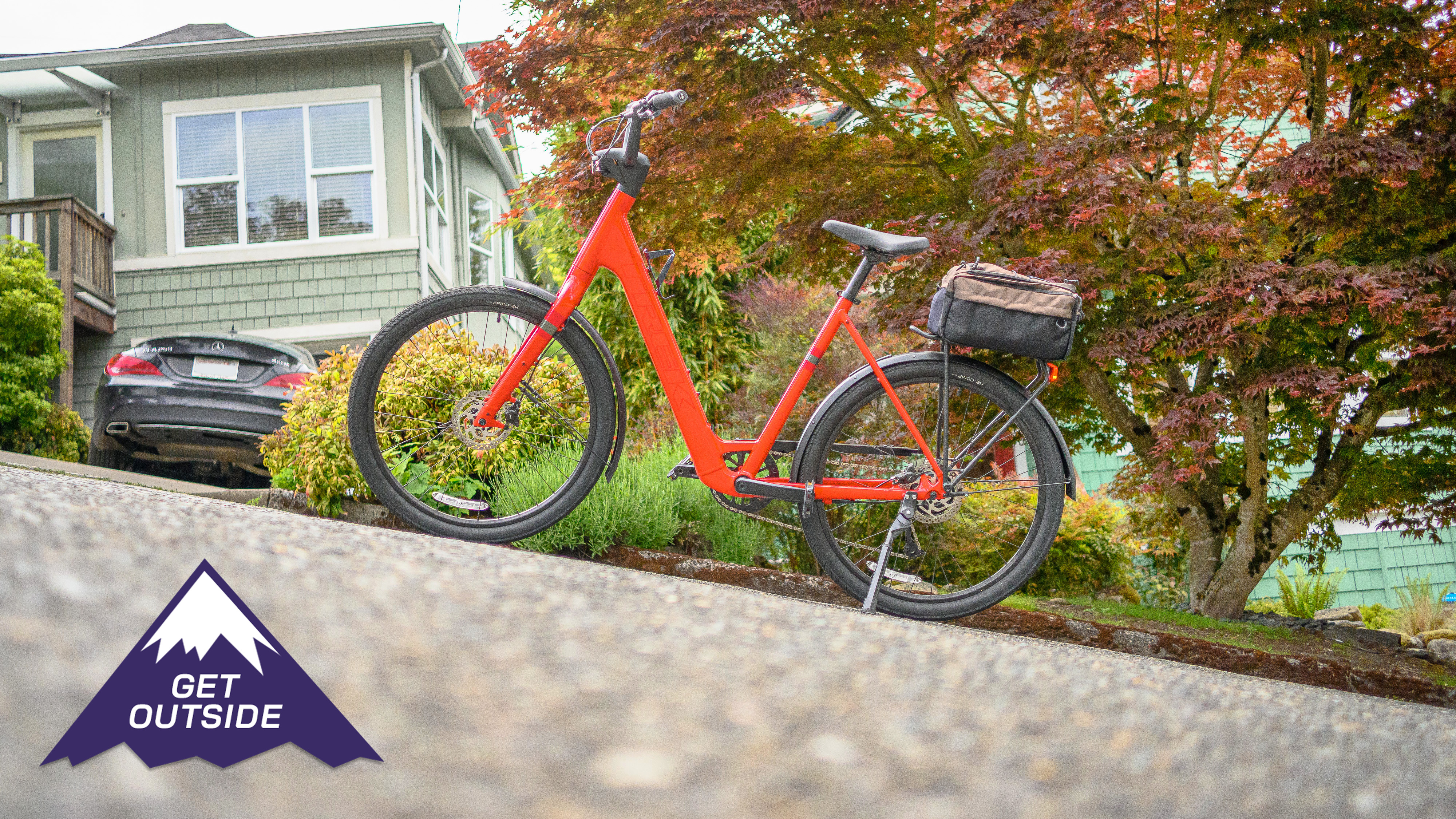
I love a good physical challenge, especially one I can attempt without traveling far from home. Fortunately, my hometown of Seattle, Washington is ripe with them, from epic hikes in the nearby Cascade Mountains to scenic bike rides around glacial lakes.
Built on seven adjacent hills, the city also has its fair share of steep inclines to traverse. The steepest is a heart-pumping 26% grade. And before folks from Seattle’s foggy southern cousin snicker, I'll point out that San Francisco's famed Lombard Street is a 27% grade (though it's far from SF's steepest).
I’ve always wanted to conquer Seattle's short (one-block) hill climb challenge, which is located in a relatively quiet, residential neighborhood. However, I've never been confident/foolish enough to attempt it on an ordinary road bike, having failed to make it up kinder hills.
And so, the infamous East Roy Street Hill Climb Challenge — no one really calls it that — has remained out of sight and out of mind. Well, not entirely: I have walked it numerous times and it’s a certified leg burner.
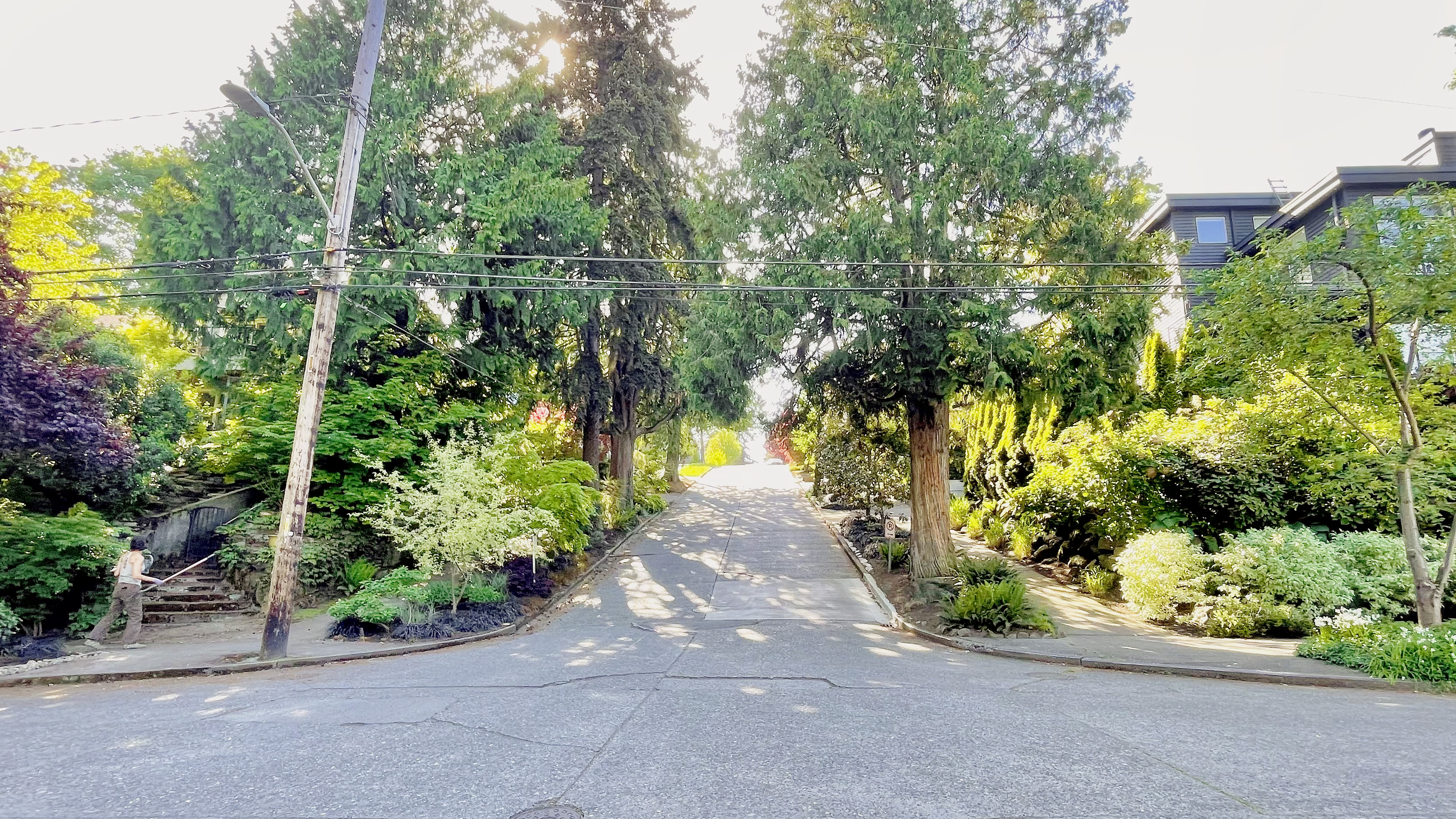
My steed: Trek Verve+ 1 Lowstep LT
My situation changed this past weekend while I was getting ready to head out on a test ride with the Trek Verve+ 1 Lowstep LT, one of the brand’s latest commuter-friendly ebikes. Packing a fairly powerful 250W rear hub motor, with three levels of e-assist, users can reach speeds up to 20-plus MPH quite easily (that’s 9,743 Kilometers per hour for my non-US readers).
With a warm and sunny Sunday at my disposal, I took off on my ordinary bike route with plans to detour a few blocks out of my way at the end of the ride to make my inaugural ebike ascent of Seattle’s steepest.
Trek Verve+ 1 Lowstep LT: $2,299 @ Trek
The Trek Verve+ 1 Lowstep LT is an easy-riding electric bike with three e-assist speeds, a peppy motor, eights gears and disc brakes. Perfect for both fit-time riders and seasoned commuters, this ebike is both fun and reliable.
Prepping for the climb
I’ve put quite a few miles on the Trek Verve+ 1 Lowestep LT — I've even taken it over the world's longest floating bridge — and feel generally confident riding it. To be fair, though, the Verve+ 1 is designed to keep riders seated upright and in a comfortable position; there’s also no upper crossbar to contend with.
Get instant access to breaking news, the hottest reviews, great deals and helpful tips.
The bike’s e-assist is also peppy, especially on its highest setting, which I intended to use for my climb. While the max advertised e-assist speed is roughly 20 mph, you can certainly cruise faster with a little help from gravity.
I’ve also ridden the Trek Verve+ 1 Lowstep up many of Seattle’s other less steep but still intimidating one-block inclines without too much issue, including hills I wouldn’t ordinarily attempt on my normal bike.
Some are even graded at just under 20%, yet taking them on barely pushed my heart rate above Zone 3 (or 147 bpm). Needless to say, I felt pretty good going into this challenge. Boy, was I wrong.
Trek Verve+ 1 ebike vs. Seattle's steepest hill
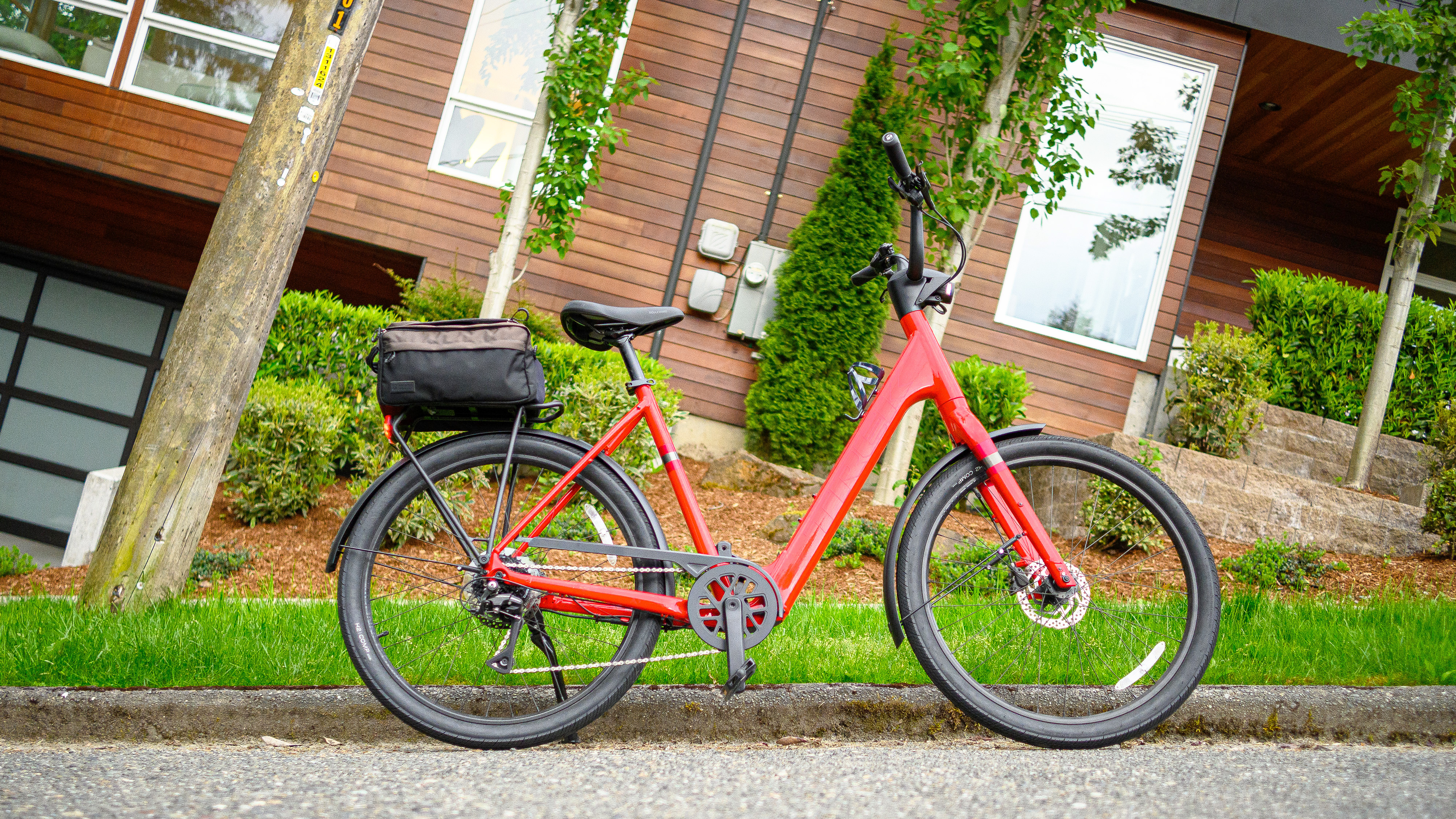
I arrived at the East Roy Street Hill Challenge with a small but dedicated audience of total strangers (four), including a couple walking their dog and another tending to their garden. After snapping a few photos from its base, I took a deep breath and considered my plan of attack.
The street that intersects East Roy at the base of the hill is flat with minimal car traffic — East Roy also sees very few cars — making it the perfect place to build up a little speed before turning a hard right and booking it upwards.
With the e-assist maxed out and the bike in its highest gear, I pumped the pedals like a madman for roughly 50 yards before making the turn. My initial boost sent me about a quarter of the way up the incline, which seemed like a great start.
I became worried that I may not be able to keep up enough forward momentum to engage the e-assist
However, as I began to slow and downshift back to first gear, I became worried that I may not be able to keep up enough forward momentum to engage the e-assist. And so I leaned into the handlebars and began pumping with as much strength as I could muster. This resulted in the bike’s front wheel momentarily lifting off the ground and for a split second, I thought I would flip backwards.
I didn’t. My oh-so-graceful recovery was likely helped by the fact that the Trek weighs around 45 pounds. With that scary moment behind me, I concentrated on my pedaling rhythm and breathing. After what felt like several years but was really seconds, I was finally at the top.
With the wind at my back and my confidence renewed, I decided to continue up the next block which is slightly less steep before taking a breather and checking out my stats.
Trek Verve+ 1 ebike vs. Seattle's steepest hill: Verdict
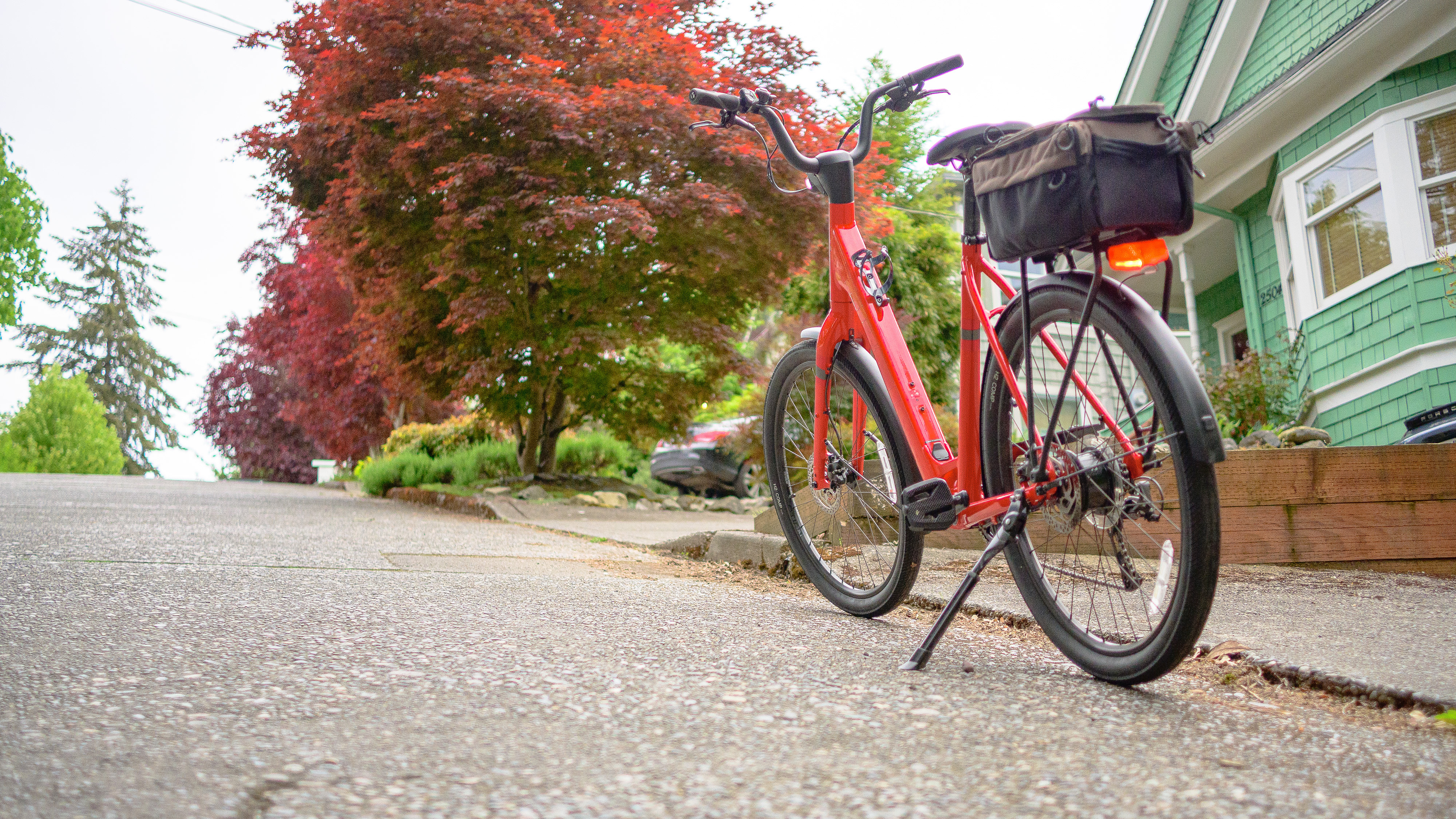
I began the challenge with my heart rate in Zone 2 (~125 bpm) but by the end of the climb was in Zone 5 territory (176 bpm), which I didn’t anticipate. Ultimately, the East Roy Street Hill Climb Challenge is harder than I thought — at least, on a well-powered ebike — and truly a trial of mind and body, albeit, a very quick one.
Will I attempt it again? Definitely! In fact, I think it could be a fun demonstration to incorporate into future ebike reviews. Speaking of which, stay tuned for my full Trek Verve+ 1 Lowestep LT review, and take a look through our guide to the best electric bikes if you’re presently on the hunt.
More from Tom's Guide

Dan Bracaglia is the Tom’s Guide editorial lead for all things smartwatches, fitness trackers and outdoor gear. With 15 years of experience as a consumer technology journalist testing everything from Oura Rings to instant cameras, Dan is deeply passionate about helping readers save money and make informed purchasing decisions. In the past year alone, Dan has assessed major product releases from the likes of Apple, Garmin, Google, Samsung, Polar and many others.
An avid outdoor adventurer, Dan is based in the U.S. Pacific Northwest where he takes advantage of the beautiful surroundings every chance he gets. A lover of kayaking, hiking, swimming, biking, snowboarding and exploring, he also makes every effort to combine his day job with his passions. When not assessing the sleep tracking and heart rate accuracy of the latest tach gadgets, you can find him photographing Seattle’s vibrant underground music community.
